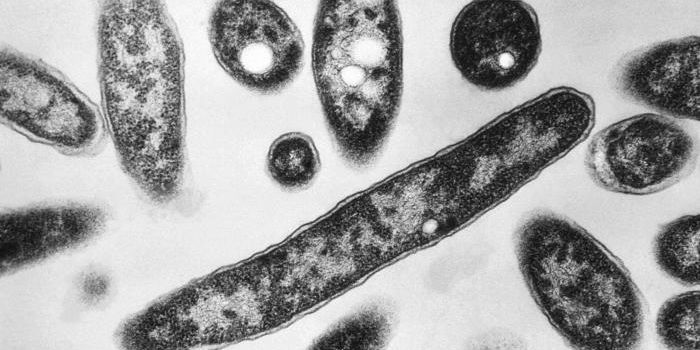What's behind Lake Erie's algal blooms?
Lake Erie is known for its toxic summer algal blooms. It’s not a good thing to be known for, as recent years have brought blooms resulting in dying fish, unsafe drinking water, and respiratory problems. But now new research from the University of Michigan sheds light on some of the reasons behind the severity of the blooms. A study published in the journal PLOS One suggests that the blooms are triggered by cyanobacteria cells that survive the winter in lake-bottom sediments only to later emerge in the spring to "seed" the next year's bloom.
"The study suggests that the initial buildup of blooms can happen at a much higher rate and over a larger spatial extent than would otherwise be possible, due to the broad presence of viable cells in sediments throughout the lake," said study lead author Christine Kitchens. "These overwintering cells can quickly be entrained within the water column -- particularly after a storm event -- and start actively growing."
It is the first study to assess both the abundance and viability of overwintering Microcystis cells from sediments in the Great Lakes. To do so, the team of scientists gathered sediment-core samples over two years at 16 sites covering 145 square miles in the portion of western Lake Erie where harmful cyanobacteria blooms are most prevalent and persistent. The samples were taken from water depths between 10-30 feet and then genetically analyzed to determine the viability and abundance of overwintering Microcystis cells.
What the researchers found was that although abundance declined over the winter, the surviving Microcystis cells were viable come springtime. And the toxic Microcystis strains grew even better than the non-toxic strains.
Second author Thomas H. Johengen commented that they still don’t know if overwintering Microcystis cells are using nutrients from the sediments in order to kickstart their growth, or if they are getting nutrients from other sources. Of course, the blooms another well-established trigger of the blooms is an excess of nutrients from agricultural runoff. “The blooms are composed largely of Microcystis, a genus of colony-forming cyanobacteria that sometimes produce liver toxins called microcystins,” reports Science Daily.
The authors urged that more research is necessary in order to fully understand the dynamics at play. They also suggested that the new knowledge about overwintering bacteria cells should be included in future projections about bloom forecasts.
Sources: Science Daily, PLOS One









